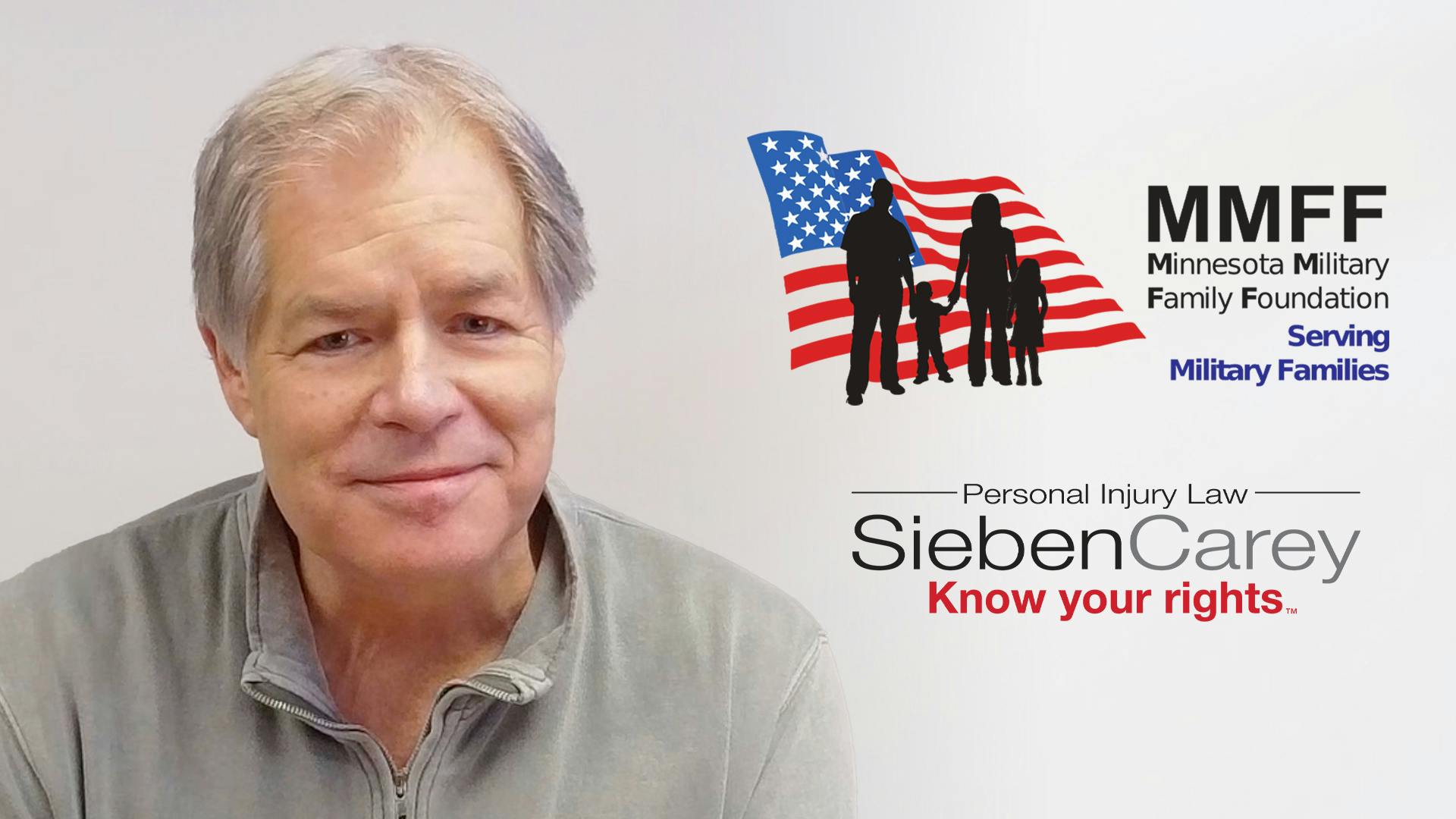Think About Personal Injury Before You Uber, Says Lawyer
It’s a late, blustery Saturday night when you come to discover that you and your friends are in no shape to get behind the wheel of a car. Cabs can be expensive, but you’ve heard about this cool one-tap app that gets you a cheap ride across town - Uber. You’ve heard nothing but praise about the affordable and casual ride-sharing service so you download the app, and you’re off.But there are a few key things to consider when you step into an Uber vehicle - things that perhaps should have kept this San Francisco start up from amassing more wealth in the past six years than Facebook did in 10. Expected to hit $10 billion in revenues by 2015, Uber has skyrocketed in popularity nationwide. And yet, legislation that restricts ride sharing services, or bans them altogether, is now trending in many cities, states, and countries. How can this be? Let’s all think for a moment about why we should hesitate before hitting “Set Pickup Location” this weekend.Employment OversightFirst of all, Uber does not expect its drivers to meet the licensing or inspection requirements that apply to taxi and limousine services. Some drivers may even be moonlighting after a 10-hour day shift at another job, leaving you with a drowsy chauffeur.Safety and Liability Not a PriorityReports of drivers committing assault, rape, and kidnapping have surfaced as of late, but Uber’s Terms and Conditions allow the company to deny responsibility for injuries or harm caused by its drivers. Uber self-identifies as a technology service that connects riders to drivers, making it clear that whatever happens beyond this connection is not their responsibility, since they are not a taxi service. Their Terms and Conditions state: “By using the services, you acknowledge that you may be exposed to situations involving third party providers that are potentially unsafe, offensive, harmful to minors, or otherwise objectionable ... Using the service is at your own risk and judgment.”Surge Pricing Makes Uber a WildcardWhile Uber fares are normally lower than those of taxis, Uber reserves the right to implement surge pricing during periods of peak demand, such as when an Uber passenger in Pennsylvania paid $117 for a 4-mile ride on New Year’s Eve.Weakening Work ConditionsUber drivers are also becoming concerned over company policies, including new fare reductions, a huge increase in the commissions paid to Uber, a “misleading tipping policy” and the company’s rating system. Additionally, although the company provides insurance for its drivers, gray areas exist that raise serious concerns about whether Uber’s insurance would apply in certain situations. Uber provides coverage once a rider is in the car, but between trips, Uber switches to contingent insurance that pays only if a driver’s personal insurance company refuses coverage.Like many innovative business models, Uber has created great opportunities and challenges that didn’t exist before. However, Uber and its ride-sharing competitors must take full responsibility for the safety and welfare of their customers and employees. Until they do, call someone you know or a taxi service for that late night ride home.













